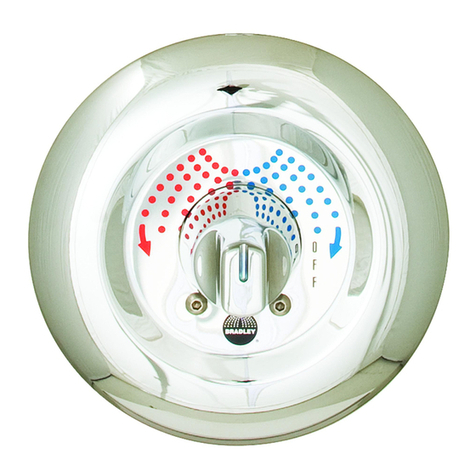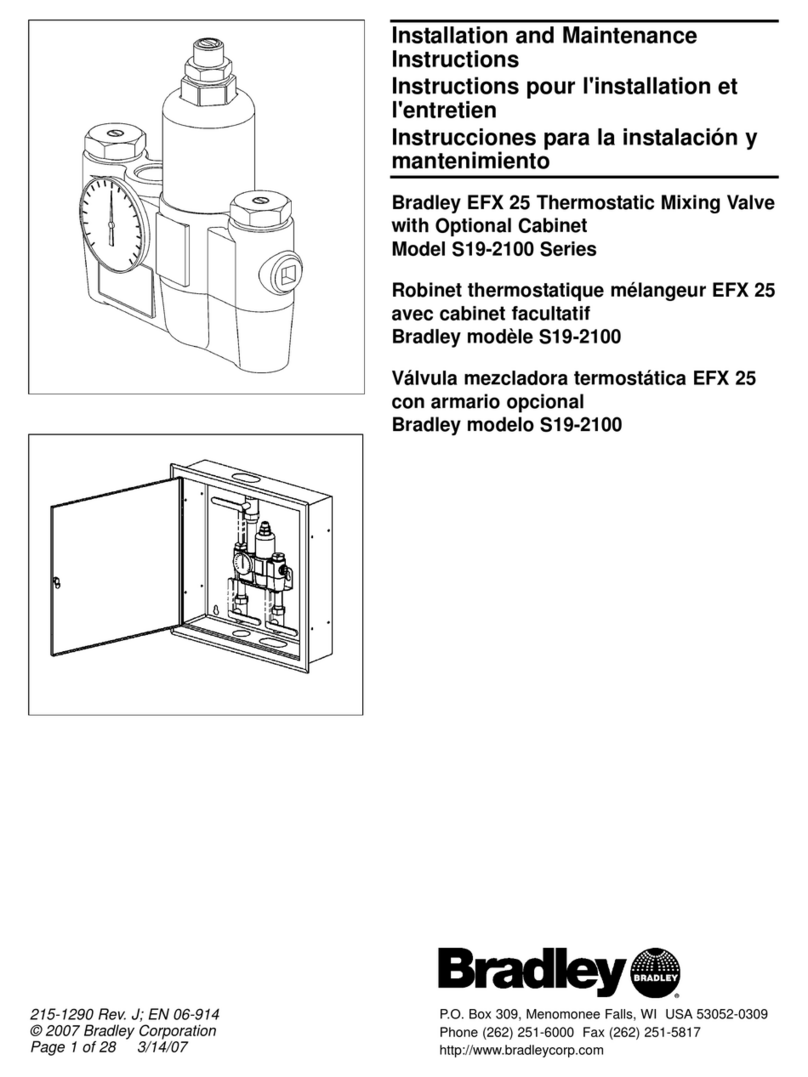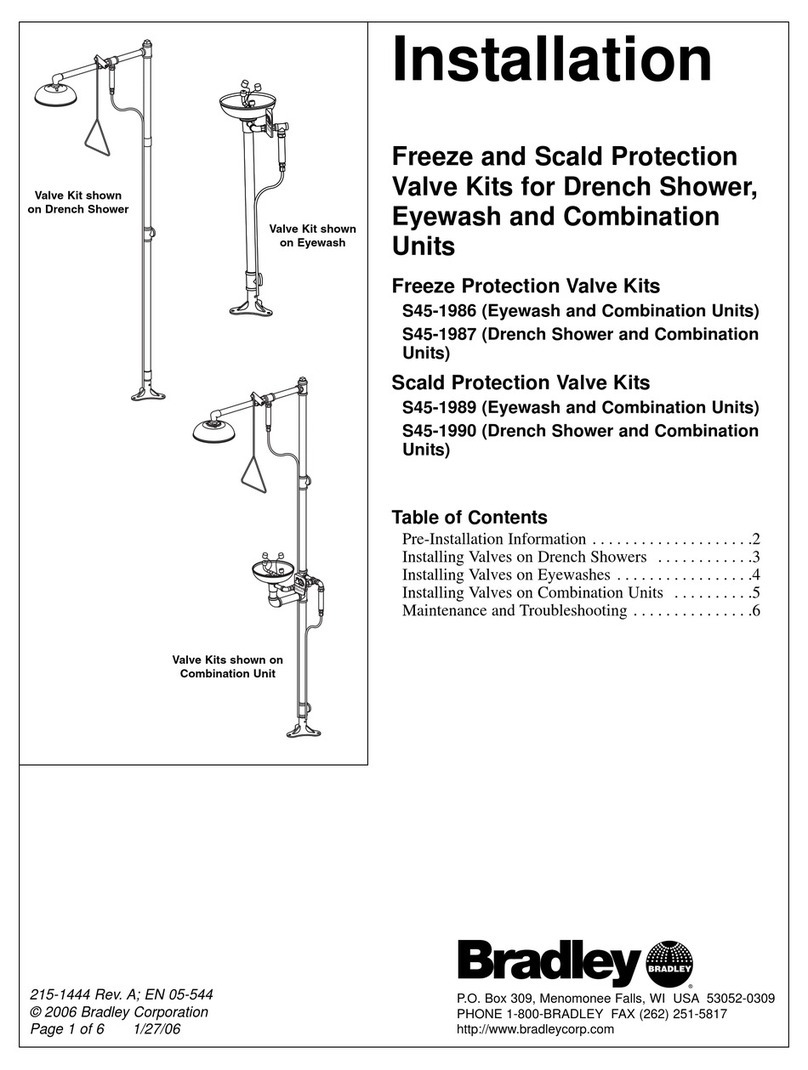Bradley S67-610 User manual
Other Bradley Control Unit manuals

Bradley
Bradley EFX 125 User manual
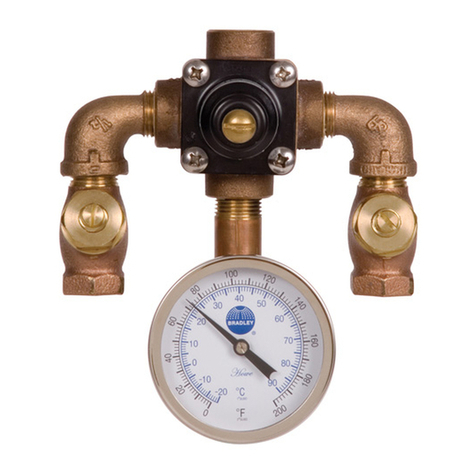
Bradley
Bradley EFX8/S19-2000 Series User manual
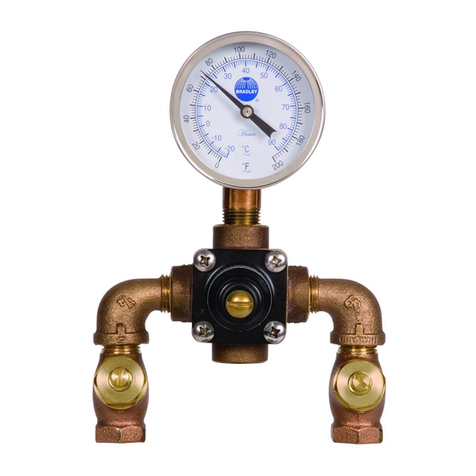
Bradley
Bradley S19-2000EFX Series User manual
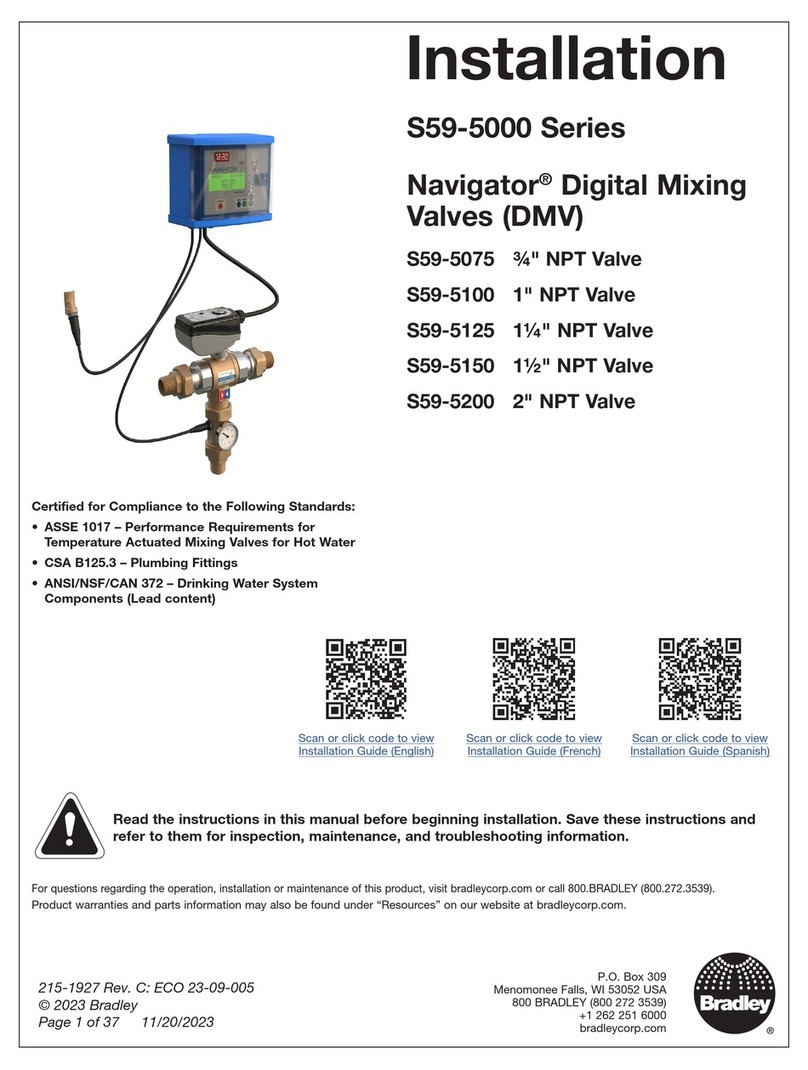
Bradley
Bradley S59-5000 Series User manual

Bradley
Bradley S19-2100 User manual
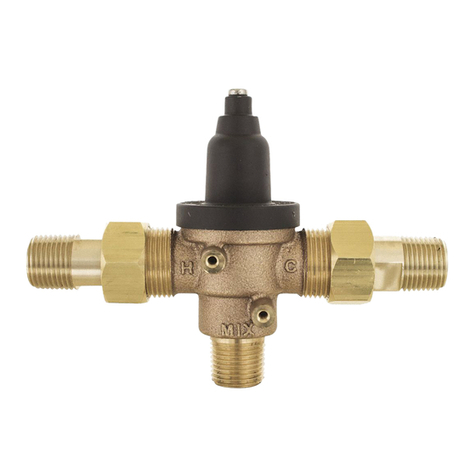
Bradley
Bradley Navigator S59-4007 User manual
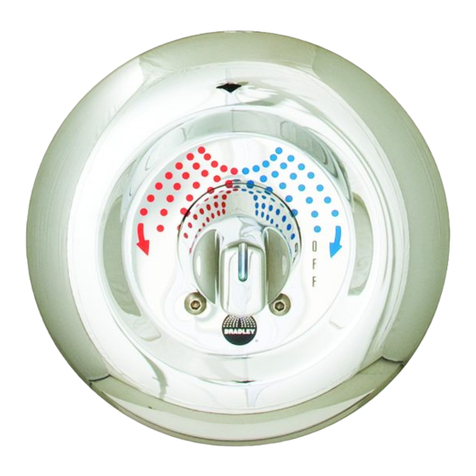
Bradley
Bradley Equa-Flo HD Operation manual
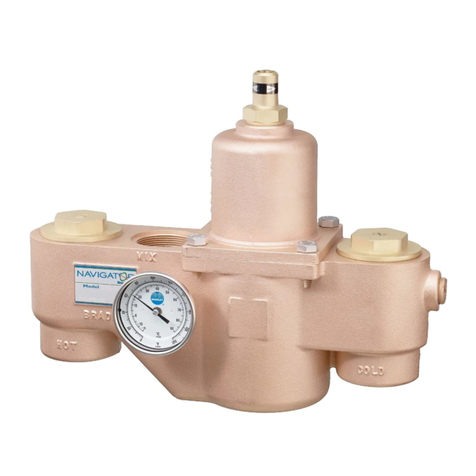
Bradley
Bradley HL 200 User manual

Bradley
Bradley EFX 20/S19-2150 User manual

Bradley
Bradley EFX 125/S19-2300 User manual

Bradley
Bradley AST4 Operation manual

Bradley
Bradley EFX 20-2150 User manual

Bradley
Bradley EFX60 User manual

Bradley
Bradley EFX25 User manual
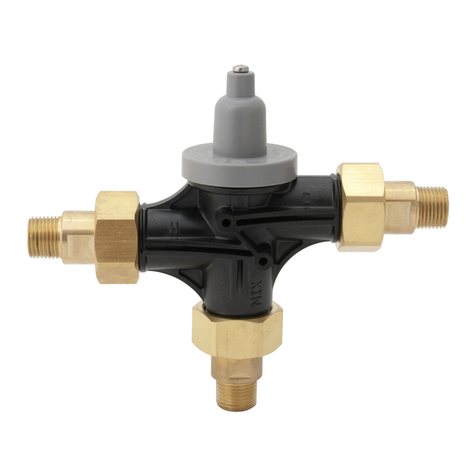
Bradley
Bradley Navigator S59-4016 Series User manual
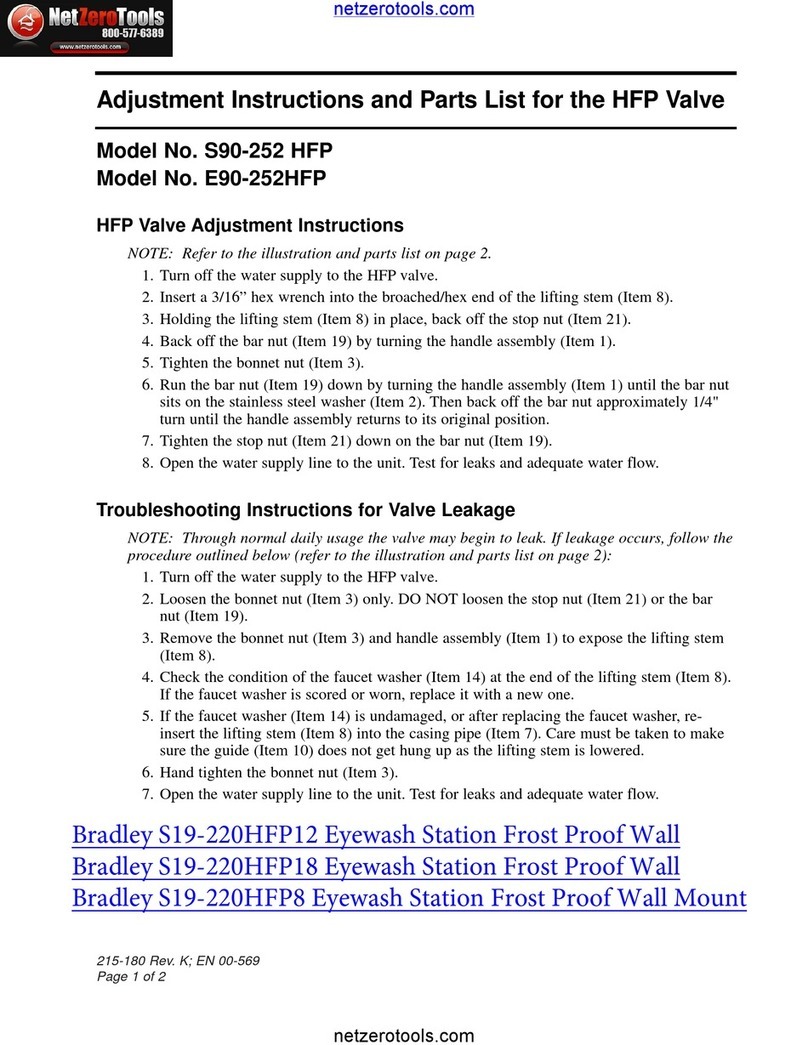
Bradley
Bradley S90-252 HFP Guide
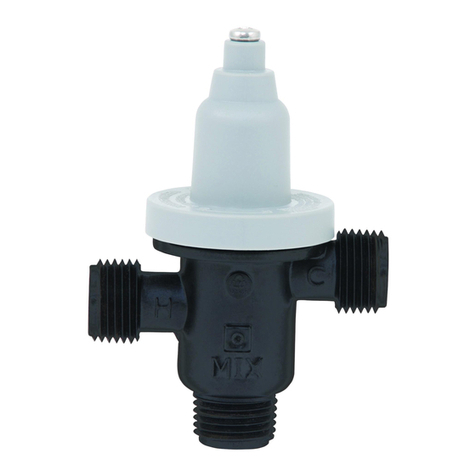
Bradley
Bradley Navigator S59-4000 User manual

Bradley
Bradley EFX 25/S19-2100 User manual
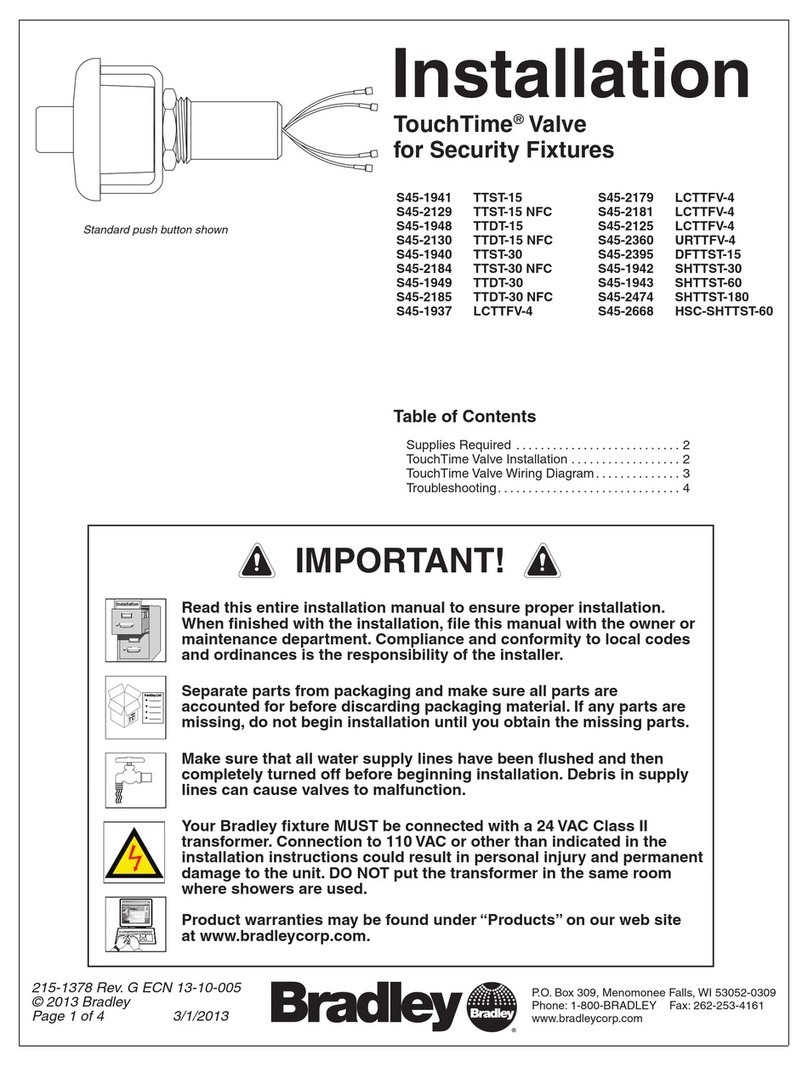
Bradley
Bradley TouchTime S45-1941 User manual
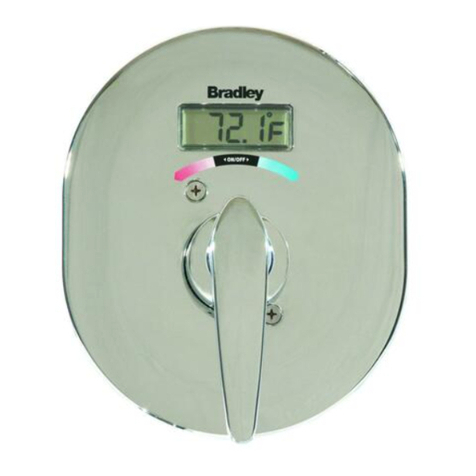
Bradley
Bradley Equa-Flo EFT1 User manual
Popular Control Unit manuals by other brands

Festo
Festo Compact Performance CP-FB6-E Brief description

Elo TouchSystems
Elo TouchSystems DMS-SA19P-EXTME Quick installation guide

JS Automation
JS Automation MPC3034A user manual

JAUDT
JAUDT SW GII 6406 Series Translation of the original operating instructions

Spektrum
Spektrum Air Module System manual

BOC Edwards
BOC Edwards Q Series instruction manual

KHADAS
KHADAS BT Magic quick start

Etherma
Etherma eNEXHO-IL Assembly and operating instructions

PMFoundations
PMFoundations Attenuverter Assembly guide

GEA
GEA VARIVENT Operating instruction

Walther Systemtechnik
Walther Systemtechnik VMS-05 Assembly instructions

Altronix
Altronix LINQ8PD Installation and programming manual
